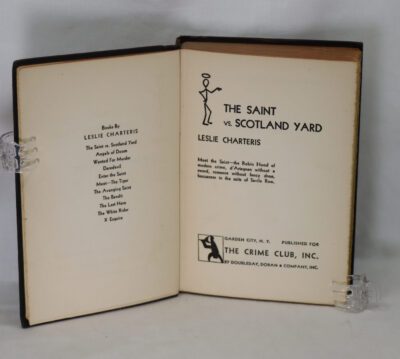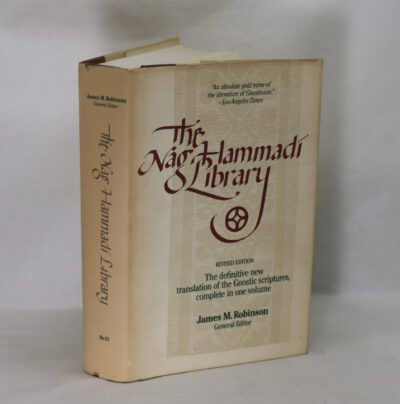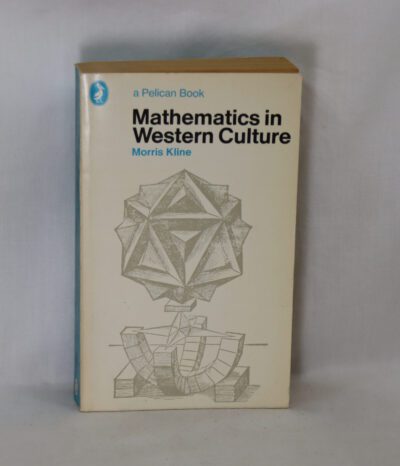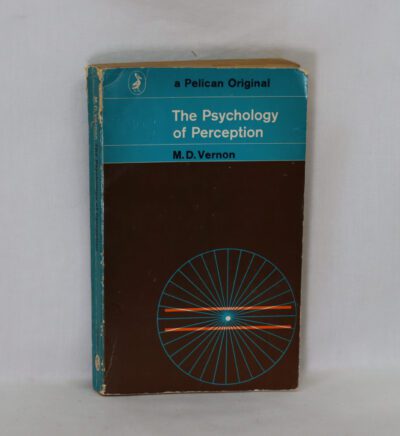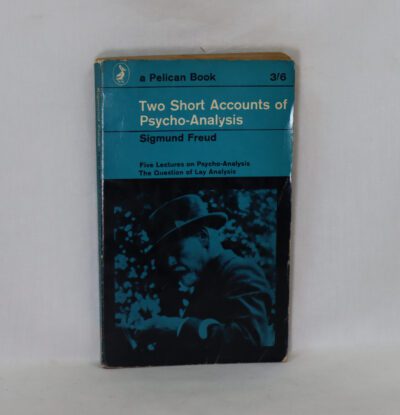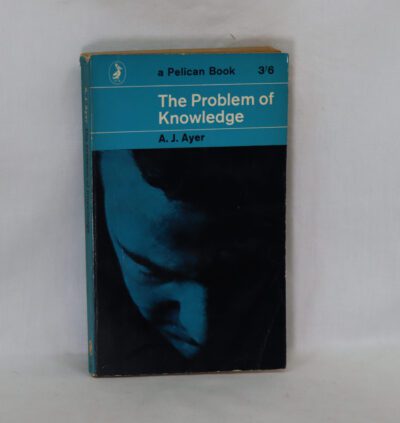The Psychology of Nirvana.
By Rune E A Johansson
Printed: 1969
Publisher: George Allen & Unwin. London
Edition: First edition
| Dimensions | 15 × 22 × 2 cm |
|---|---|
| Language |
Language: English
Size (cminches): 15 x 22 x 2
Condition: Good (See explanation of ratings)
Your items
Item information
Description
In the original dust jacket. Blue board binding with silver title on the spine.
We provide an in-depth photographic presentation of this item to stimulate your feeling and touch. More traditional book descriptions are immediately available.
-
Note: This book carries a £5.00 discount to those that subscribe to the F.B.A. mailing list
A quality book: please view the photographs. A rare book in this condition. Essential reading to understand Nirvana and Tripitaka. For elucidation via contrast, two books on Chinese Chan (Zen) sutras that are must reads are: John Blofeld – The Zen Teaching of Huang Po, and The Diamond Sutra and the Sutra of Hui-Neng by Wong Mou-lam. To further elucidate by contrasting with Tibetan thought, the books of W. Y. Evans-Wentz are highly recommended, e.g., The Tibetan Book of the Dead: Or the After-Death Experiences on the Bardo Plane; Tibet’s Great Yogi Milarepa: A Biography from the Tibetan; The Tibetan Book of the Great Liberation.
Siddhartha Gautama, most commonly referred to as the Buddha (lit. ’the awakened one’),was a wandering ascetic and religious teacher who lived in South Asia during the 6th or 5th century BCE and founded Buddhism. According to Buddhist legends, he was born in Lumbini, in what is now Nepal, to royal parents of the Shakya clan, but renounced his home life to live as a wandering ascetic. After leading a life of mendicancy, asceticism, and meditation, he attained nirvana at Bodh Gayā in what is now India. The Buddha then wandered through the lower Indo-Gangetic Plain, teaching and building a monastic order. Buddhist tradition holds that he died in Kushinagar and reached parinirvana (“final release from conditioned existence”).
According to Buddhist tradition, the Buddha taught a Middle Way between sensual indulgence and severe asceticism,leading to freedom from ignorance, craving, rebirth, and suffering. His core teachings are summarized in the Four Noble Truths and the Noble Eightfold Path, a training of the mind that includes ethical training and kindness toward others, and meditative practices such as sense restraint, mindfulness, dhyana (meditation proper). Another key element of his teachings are the concepts of the five skandhas and dependent origination, describing how all dharmas (both mental states and concrete ‘things’) come into being, and cease to be, depending on other dharmas, lacking an existence on their own svabhava).
While in the Nikayas, he frequently refers to himself as the Tathāgata; the earliest attestation of the title Buddha is from the 3rd century BCE, meaning ‘Awakened One’ or ‘Enlightened One’. His teachings were compiled by the Buddhist community in the Vinaya, his codes for monastic practice, and the Sutta Piṭaka, a compilation of teachings based on his discourses. These were passed down in Middle Indo-Aryan dialects through an oral tradition. Later generations composed additional texts, such as systematic treatises known as Abhidharma, biographies of the Buddha, collections of stories about his past lives known as Jataka tales, and additional discourses, i.e., the Mahāyāna sūtras.
Buddhism evolved into a variety of traditions and practices, represented by Theravāda, Mahāyāna and Vajrayāna, and spread beyond the Indian subcontinent. While Buddhism declined in India, and mostly disappeared after the 8th century CE due to a lack of popular and economic support, Buddhism has grown more prominent in Southeast and East Asia.
Want to know more about this item?

Related products
Share this Page with a friend




